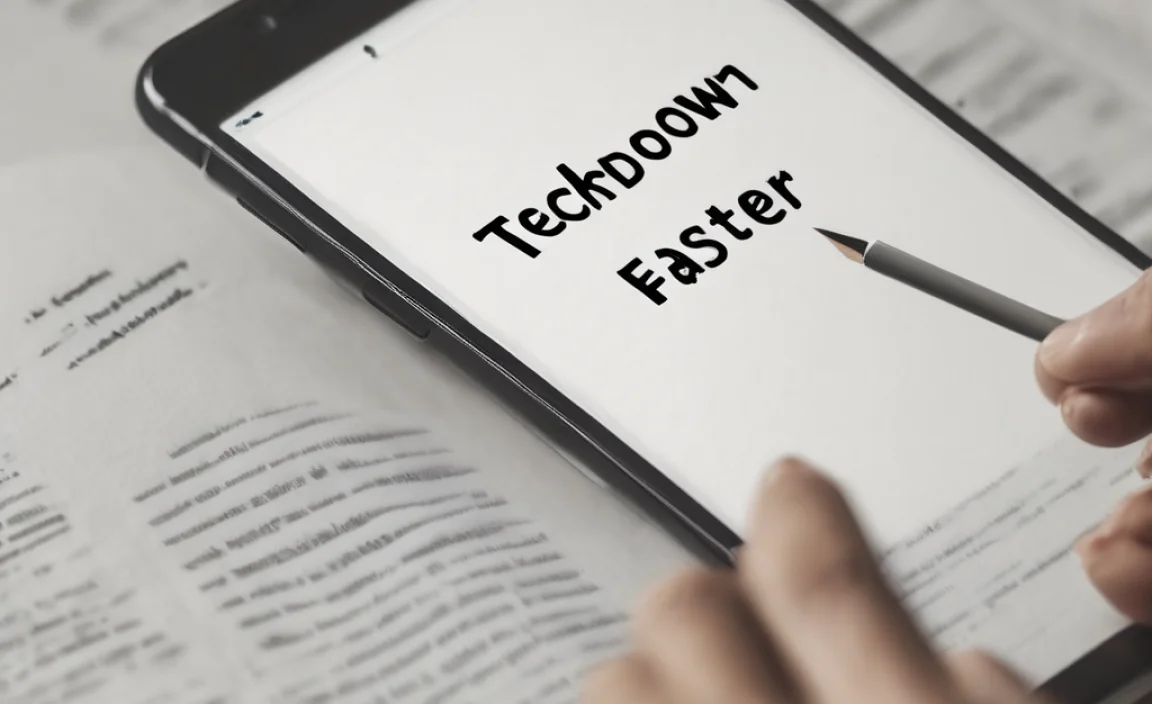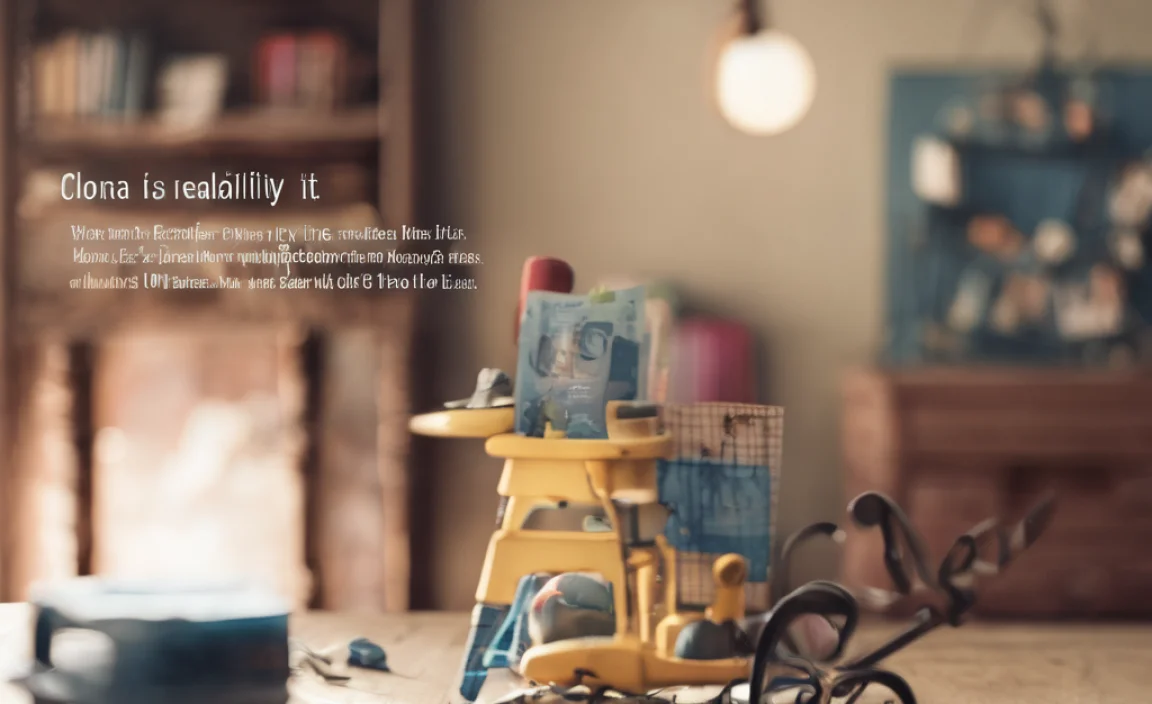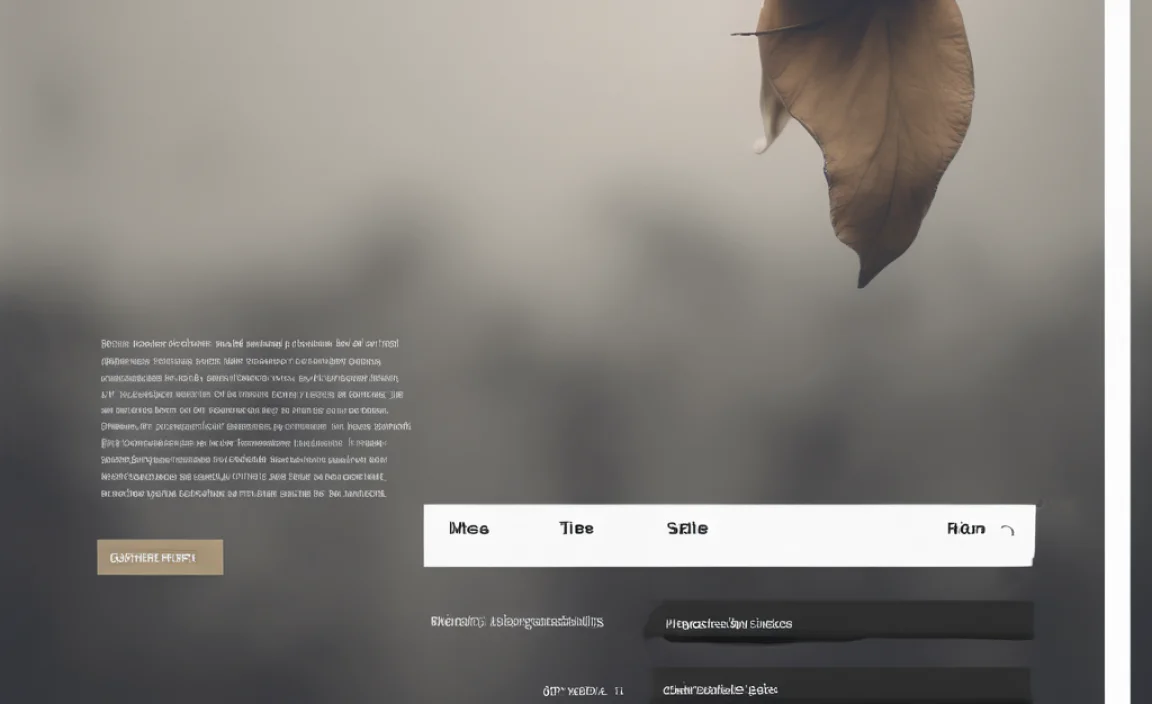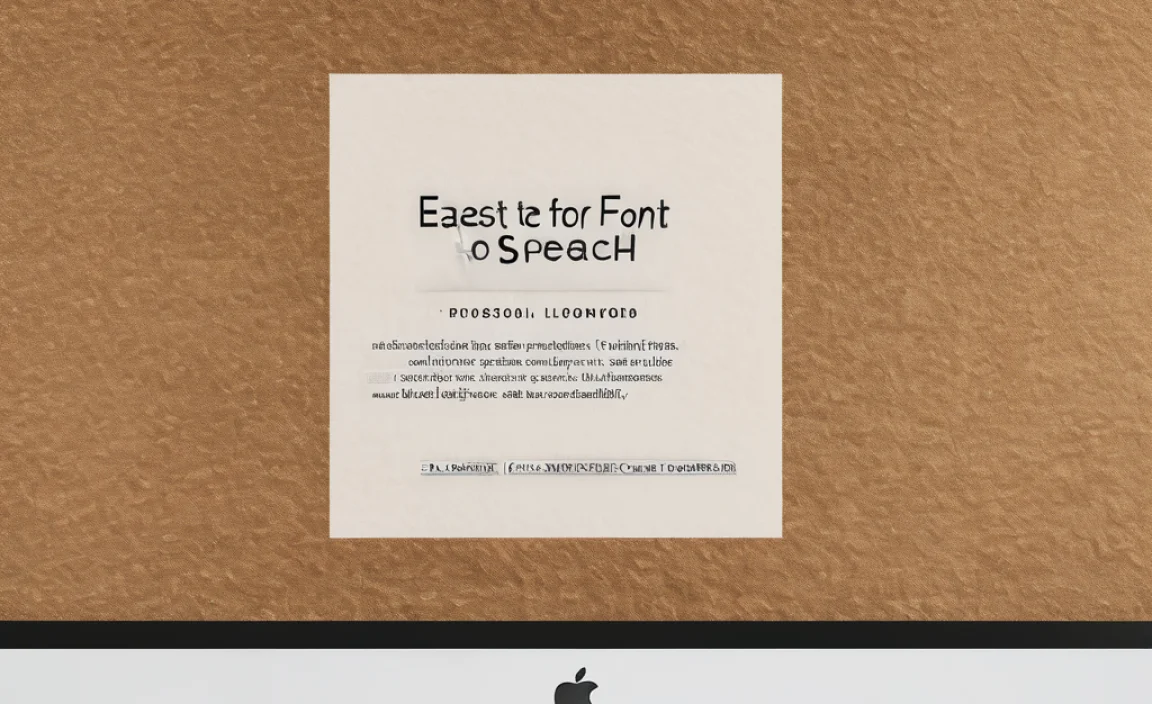Have you ever wondered what the best font for a professional letter is? Choosing the right font can be tricky. Some fonts look too playful, while others seem too formal. It’s important to pick the right one! A good font makes a letter look neat and easy to read. Let’s learn about the best font choices for professional letters!
Key Takeaways
- Best font styles are clear and easy to read.
- Sans-serif fonts like Arial work well.
- Serif fonts like Times New Roman offer a classic look.
- Font size matters, typically between 10 to 12 points.
- Selecting the best font for professional letter is essential.
Why Font Choice Matters in Letters
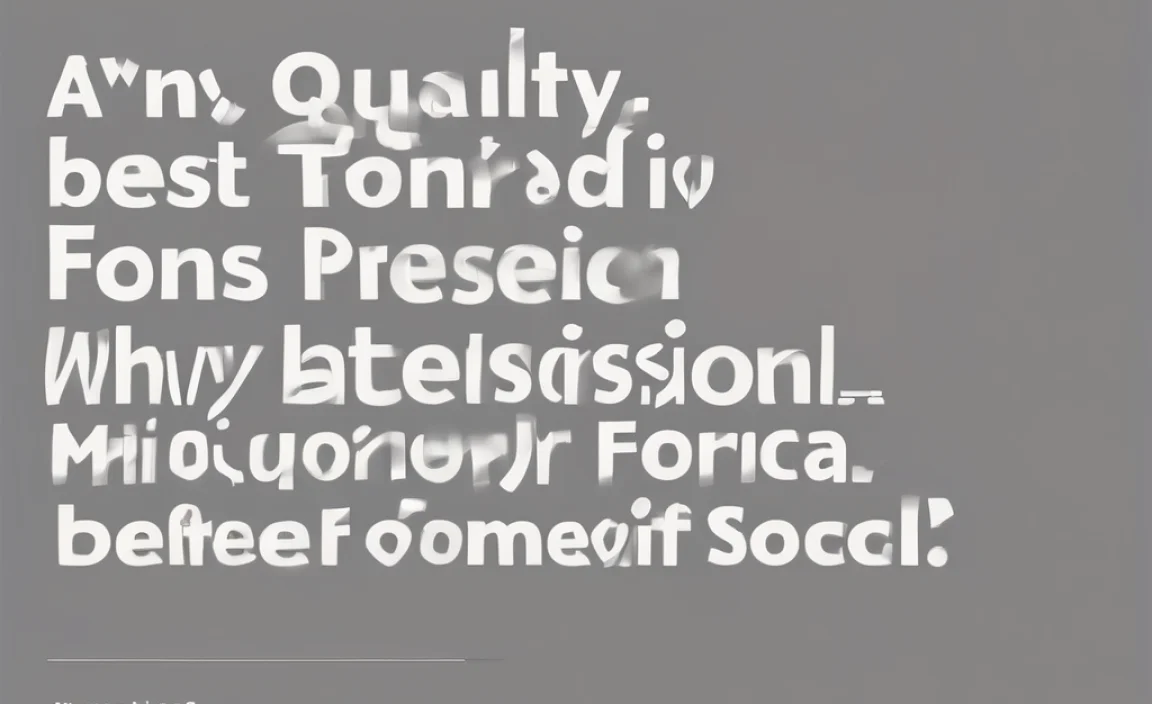
Choosing the right font for a letter is very important. It shows how you want your message to be received. A clear and neat font can make your letter more professional. Imagine receiving a letter with messy handwriting. It can be hard to read and understand. The same goes for fonts. A good font makes your letter look organized and easy to read. It can also show your attention to detail and professionalism. When you write a professional letter, you want to leave a good impression. Choosing the best font can help you do that.
- First impressions count.
- Neat fonts enhance readability.
- Fonts reflect the writer’s professionalism.
- Avoid overly playful fonts.
- Consistency is key in font choice.
Picking the right font isn’t just about looks. It’s about making your letter effective. A good font ensures clarity and shows respect for the reader. Just like choosing the right words, choosing the right font is part of good communication. It’s a simple but powerful way to make your letter stand out.
Fun Fact or Stats : Over 50% of people judge documents by their font!
What Makes a Font Professional?
What exactly makes a font “professional”? A professional font is clear and easy to read. It doesn’t have too many decorative elements. Think about when you see a textbook. The fonts are usually simple and neat. They help you focus on the content, not the style. Professional fonts are often used in business settings. They help convey a serious and respectful tone. When choosing a font, think about how it supports your message. Is it easy to read? Does it look neat? A professional font should always help your message, not distract from it.
History of Professional Fonts
Fonts have a rich history! Did you know that Times New Roman was created for a newspaper? It was designed to be clear and easy to read in print. Arial, another popular font, is often used in digital documents. These fonts have stood the test of time because they work well. They are clear and easy to read. Over the years, many fonts have been created for different purposes. Some are fun and playful, while others are serious and formal. Knowing a little about font history can help you choose the best one for your letter.
Choosing the Best Font for Different Letters
Different letters may need different fonts. A letter to a friend might use a fun font like Comic Sans. But a letter to a company should use a more serious font. Arial or Times New Roman are often good choices for professional letters. They show respect and seriousness. Think about who will read your letter. What do you want them to feel? A good font choice can help convey the right emotion. It’s like wearing the right outfit for an occasion. Choosing the right font shows you care about how your letter is received.
Comparing Popular Fonts for Letters
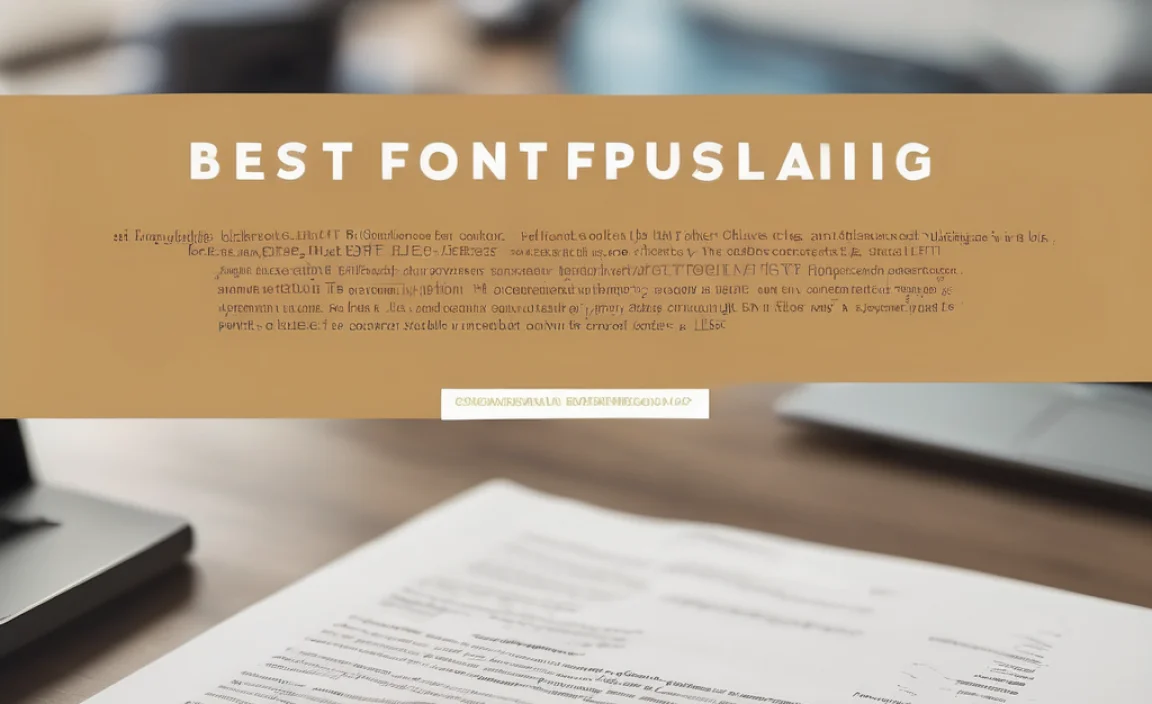
When choosing the best font for professional letter, comparing popular fonts helps. Some fonts are more readable than others. They also set different tones. It’s helpful to know the key differences between them. Below is a table that compares common fonts used in letters. Each has its strengths and weaknesses. The right choice depends on your letter’s purpose. Let’s see how these fonts measure up for professional use.
| Font Name | Style | Common Use | Best For |
|---|---|---|---|
| Times New Roman | Serif | Formal Letters | |
| Arial | Sans-serif | Digital | Business Letters |
| Calibri | Sans-serif | Digital | Office Documents |
| Georgia | Serif | Web | Professional Notes |
- Times New Roman is classic for formal letters.
- Arial is clear for digital letters.
- Calibri is modern and fresh.
- Georgia offers a stylish look.
- Choose based on letter tone and audience.
Understanding the different fonts and their uses helps in making the right choice. Whether it’s a formal letter or a modern email, choosing the right font can make a big difference. It sets the tone and ensures your message is clear. Remember, a good font makes your letter professional and easy to read.
Fun Fact or Stats : Arial is the default font in many email programs!
Why Arial Works Well
Arial is a popular choice for many. But why is that? Arial is a sans-serif font, meaning it doesn’t have little lines at the ends of letters. This makes it very clean. It’s easy to read on screens and in print. Arial doesn’t distract from the message. It’s like a trusty friend. Always there when you need it. Easy to understand. Arial works in many situations. Business letters, reports, and more. It’s a safe choice for a professional look.
Times New Roman: A Traditional Favorite
Times New Roman is a traditional font. Many people know it well. But what makes it special? This font is serif, meaning it has small lines at the ends of letters. This gives it a classic look. It’s often used in books and newspapers. It makes letters look formal and important. It’s been trusted for years. If you want a professional, traditional look, Times New Roman is a good choice.
Calibri: The Modern Choice
Calibri is newer than Arial or Times New Roman. But it’s quickly becoming a favorite. Why? It’s modern and clean. Calibri is a sans-serif font. It looks fresh and current. Many people use it in digital documents. It’s easy on the eyes and works well on screens. If you want your letter to look up-to-date, Calibri is a great choice. It’s becoming the go-to font for many professionals.
Using Fonts to Enhance Readability
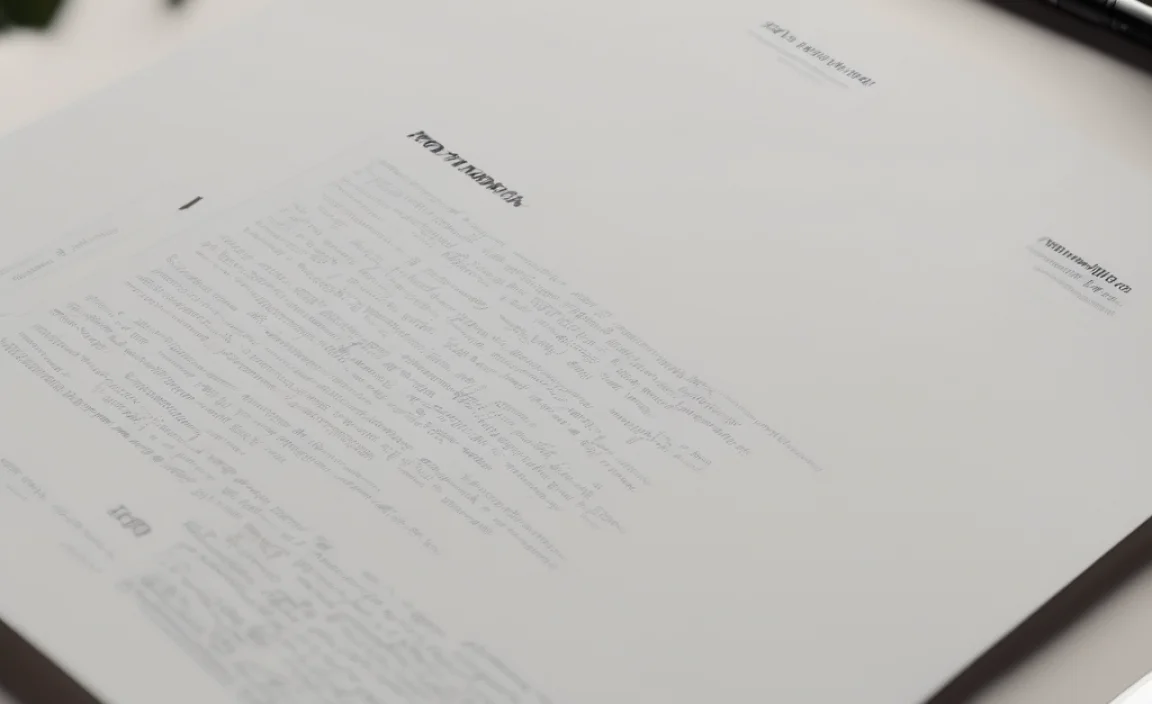
Fonts play a big role in readability. A good font makes reading easy. A poor choice can make it hard. When writing a letter, consider the font size. Typically, 10 to 12 points is good. This size is comfortable for most readers. Also, think about spacing. Proper spacing between lines helps readability. A neat letter is pleasing to read. It’s like a well-organized book. You don’t want your readers to struggle. Make it easy for them.
- Font size impacts readability.
- Proper spacing is important.
- Avoid using too many fonts.
- Stick to clear and simple fonts.
- Keep the reader in mind always.
Remember, the goal is to make your letter clear and easy to read. Choosing the right font and size are crucial steps. It’s all about helping your reader understand your message with ease. A well-chosen font can make your letter not just readable, but enjoyable to read too!
Fun Fact or Stats : Calibri became the default font for Microsoft Office in 2007.
Font Size Matters
When we talk about fonts, size matters a lot. Too small, and it’s hard to read. Too big, and it looks unprofessional. So, what’s the right size? For most professional letters, 10 to 12 points work best. This size is readable but still looks neat. It’s like Goldilocks—just right! Always check how your letter looks after printing. Make sure it’s easy on the eyes. A good size makes a big difference!
Importance of Line Spacing
Line spacing is as crucial as font size. Too close, and letters look cramped. Too far apart, and it seems scattered. So, what’s the best line spacing? Usually, 1.15 to 1.5 is ideal. It keeps everything neat and easy to read. Think about lining up words like soldiers in a row. They need the right distance to look good. Proper spacing makes your letter pleasing to read. It’s a small detail with a big impact.
Consistency in Font Choice
Consistency in fonts is important. Why? It makes your letter look organized. Imagine a book with different fonts on each page. It would be confusing! The same goes for a letter. Stick to one or two fonts. This keeps your letter looking neat. It helps the reader focus on your message, not the style. Consistency shows you pay attention to detail. It’s a sign of professionalism. A consistent font choice helps your letter shine.
Conclusion
Choosing the best font for professional letter is important. It affects how your message is received. A clear and neat font makes your letter effective. It shows professionalism and respect for the reader. Whether you choose Arial, Times New Roman, or Calibri, make sure it fits the tone of your letter. A well-chosen font leaves a lasting impression.
FAQs
Question: What is the best font for a professional letter?
Answer: The best font for a professional letter is usually Times New Roman, Arial, or Calibri. These fonts are clear, neat, and easy to read. They give your letter a professional look. Choose based on your letter’s tone and audience.
Question: Why is font choice important?
Answer: Font choice is important because it affects readability and the impression your letter makes. A good font is clear and neat. It shows professionalism and respect. It helps convey your message effectively. The right font makes a big difference!
Question: Are serif or sans-serif fonts better for letters?
Answer: Both serif and sans-serif fonts can work well. Serif fonts like Times New Roman give a classic look. Sans-serif fonts like Arial are modern and clear. Choose based on the tone you want to set. Both can be the best font for professional letters.
Question: How does font size affect readability?
Answer: Font size greatly affects readability. Too small, and it’s hard to read. Too big, and it looks unprofessional. For most letters, 10 to 12 points is ideal. It ensures the text is clear and easy to read. The right size makes a big difference.
Question: What is the best font size for a letter?
Answer: The best font size for a letter is typically between 10 to 12 points. This size is readable and looks professional. It’s comfortable for most readers. Always check how it looks after printing. Make sure it’s easy on the eyes.
Question: Can I use multiple fonts in a letter?
Answer: It’s best to use just one or two fonts in a letter. This keeps it looking neat and organized. Too many fonts can be distracting. They can make your letter hard to read. Consistency in font choice shows professionalism.


